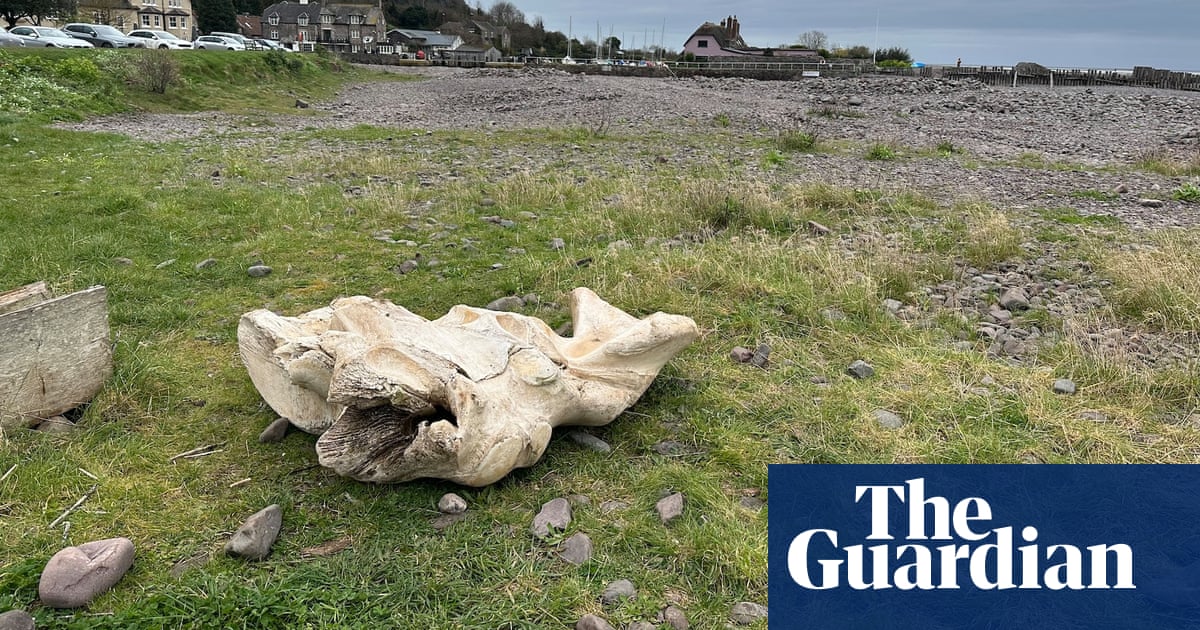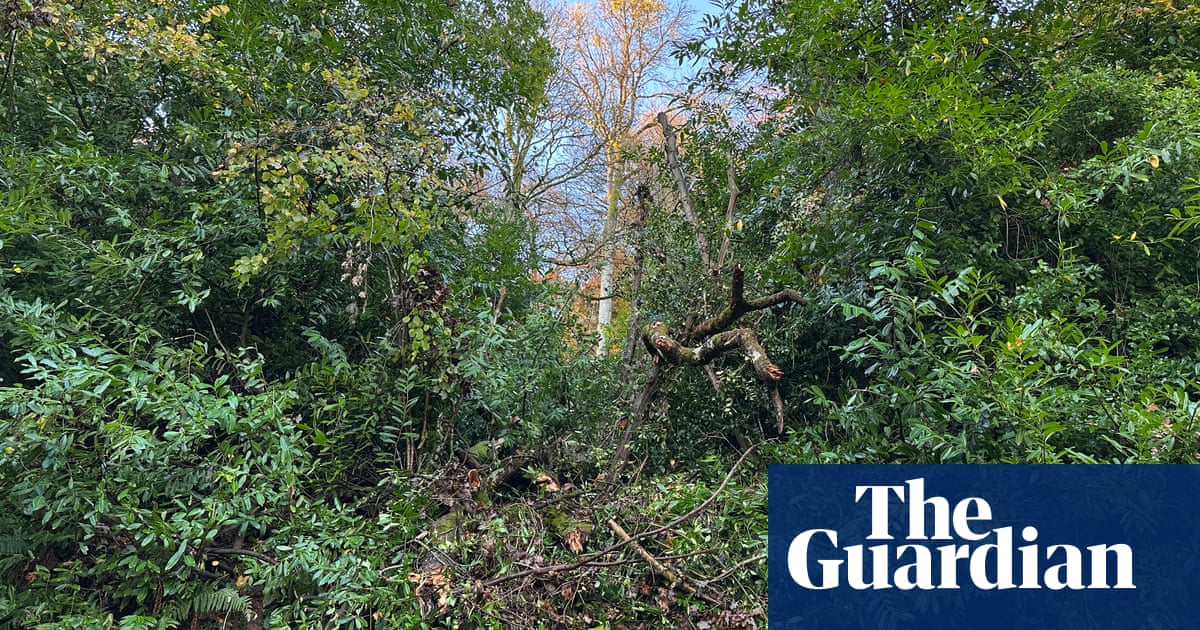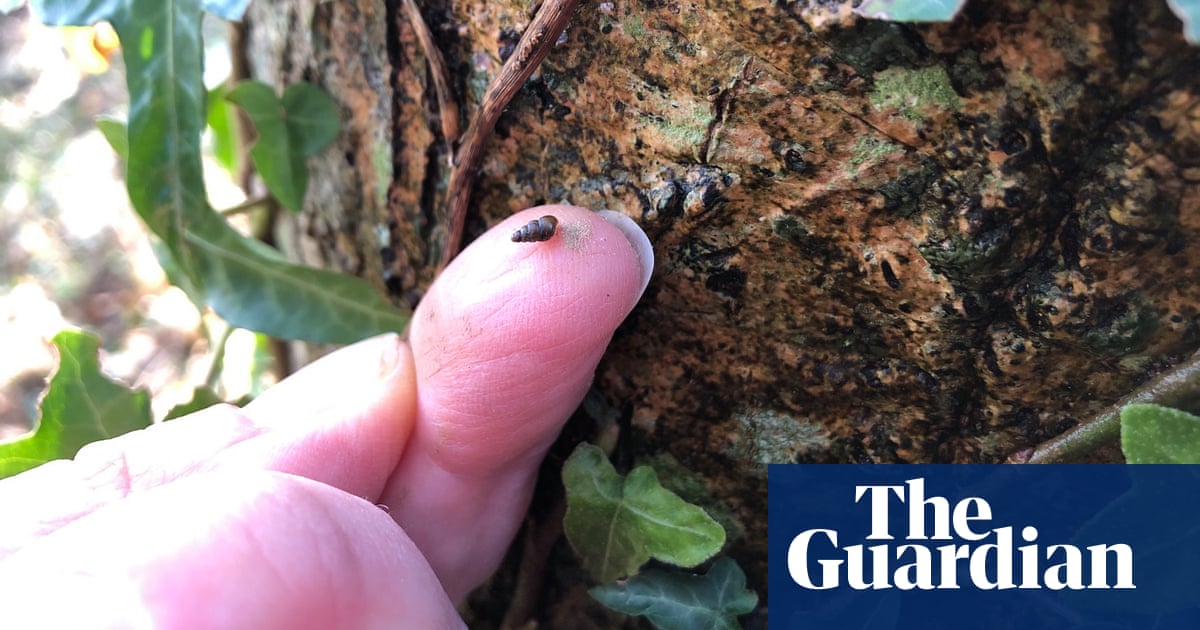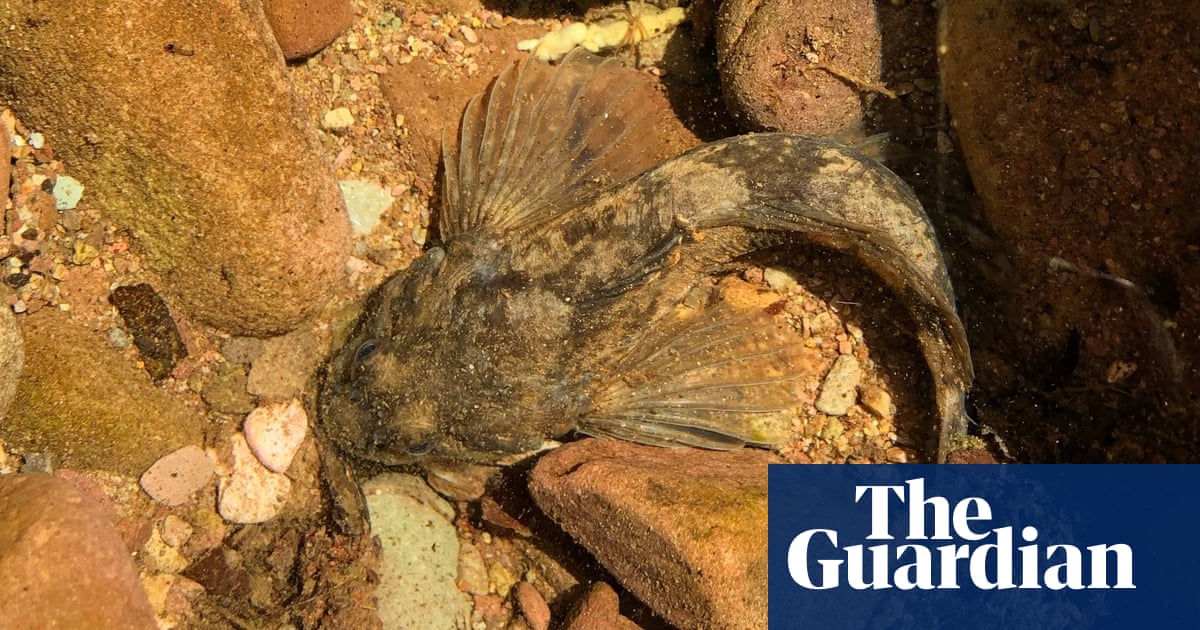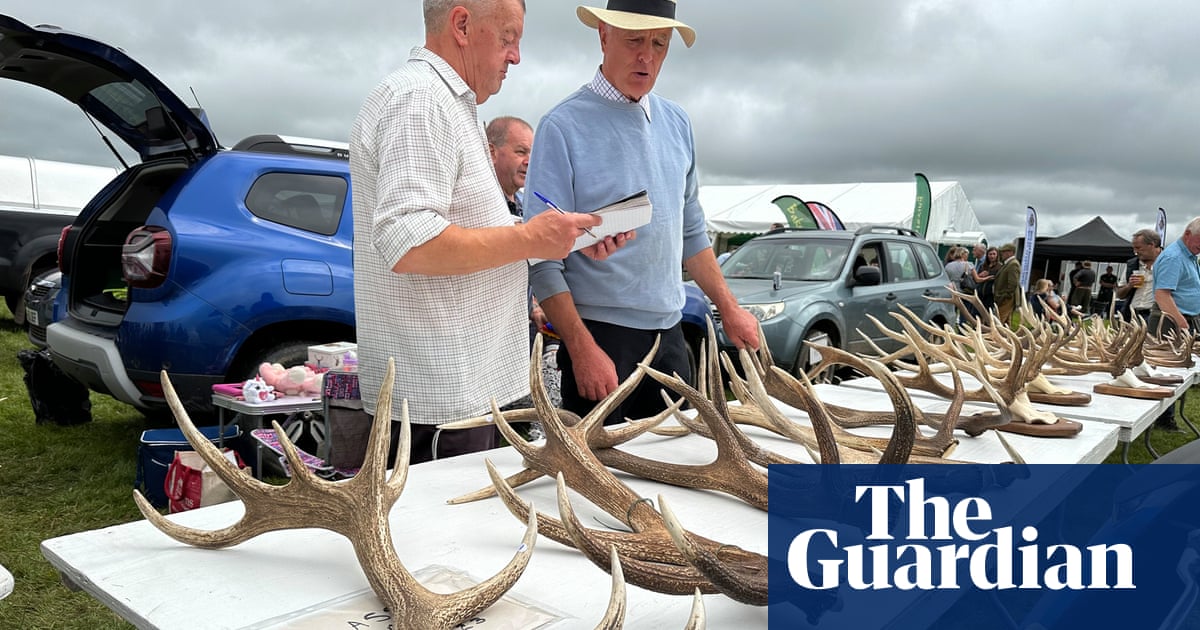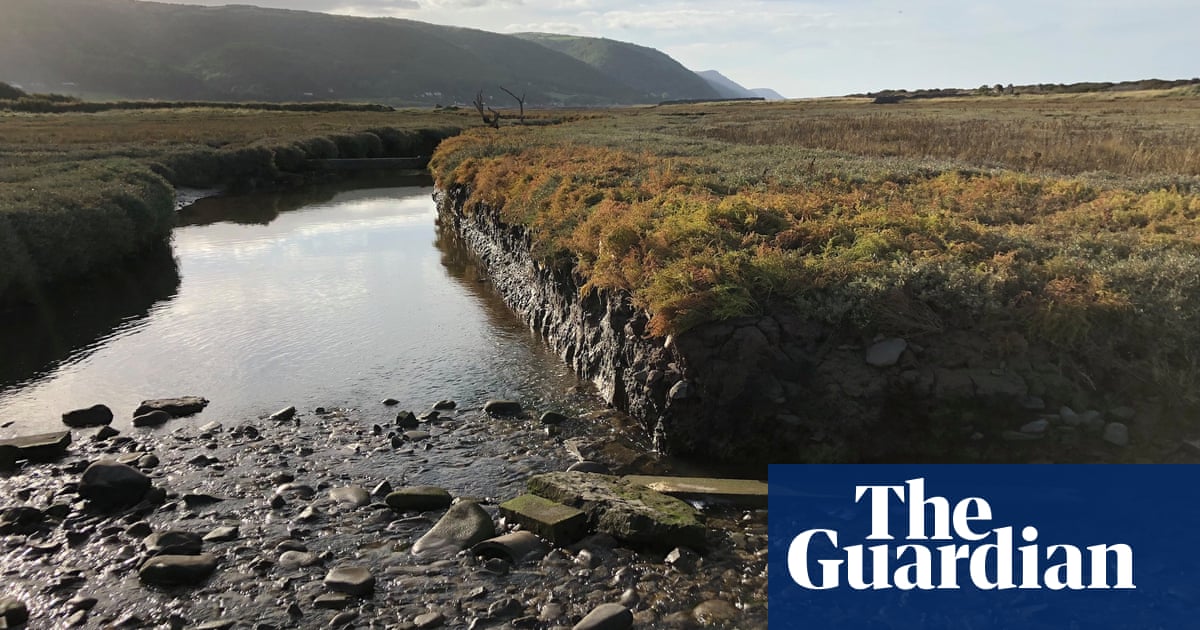
The January storms that boomed over Exmoor shed so much rain that the River Barle washed away a section of the ancient stone clapper bridge at Tarr Steps. And at Bossington Beach near Porlock, the combined forces of the usually mild Horner Water and River Aller blasted through the pebble bank, carving a deep, curving route roaring red-brown into the sea.
It will be weeks until the huge rock slabs at Tarr Steps are recovered and replaced, but the breach at Bossington is already rapidly repairing itself as the tides re-sweep the shingle. Breaks such as this often occur because the beach is changing shape – it is being gradually thinned and lengthened by the sea’s swash and drift.
Since 1996, when a particularly large section of beach collapsed in a storm, the shoreline of Porlock Bay has been allowed to evolve naturally. A tidal lagoon has developed as a result, and what were once grassy fields are now saltmarsh furrowed with brackish creeks. Twice a day, a shallow, glimmering pool spreads inland. The reach of the highest tides is marked by a fringe of whitened shells and tiny dead shore crabs strung across the mats of sea fennel (Crithmum maritimum).
A little over a mile upstream, another landscape, this time around the River Aller, is being reshaped. Nearly 600 tonnes of tree trunks and large branches have been half-buried and 4,000 tonnes of soil have been scraped and shifted. Spreading over 15 hectares, the work at Selworthy Farm is the UK’s first large-scale project to reconnect a river to its floodplain.
Using so-called “stage zero” techniques developed in Oregon in the US, the aim is to reset the river by encouraging it to abandon its current straight, swift course and return to its original slow and many-branched trickle, similar to how it would have been before modern agricultural methods “improved” the pastures it runs through.
It is a big and ambitious scheme. Wildflower seed has been sown and this spring thousands of native trees will be planted, including willow, black poplar and wild cherry. The results will be watched carefully and used to guide future restorative river projects.





